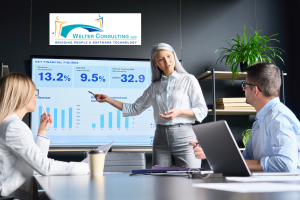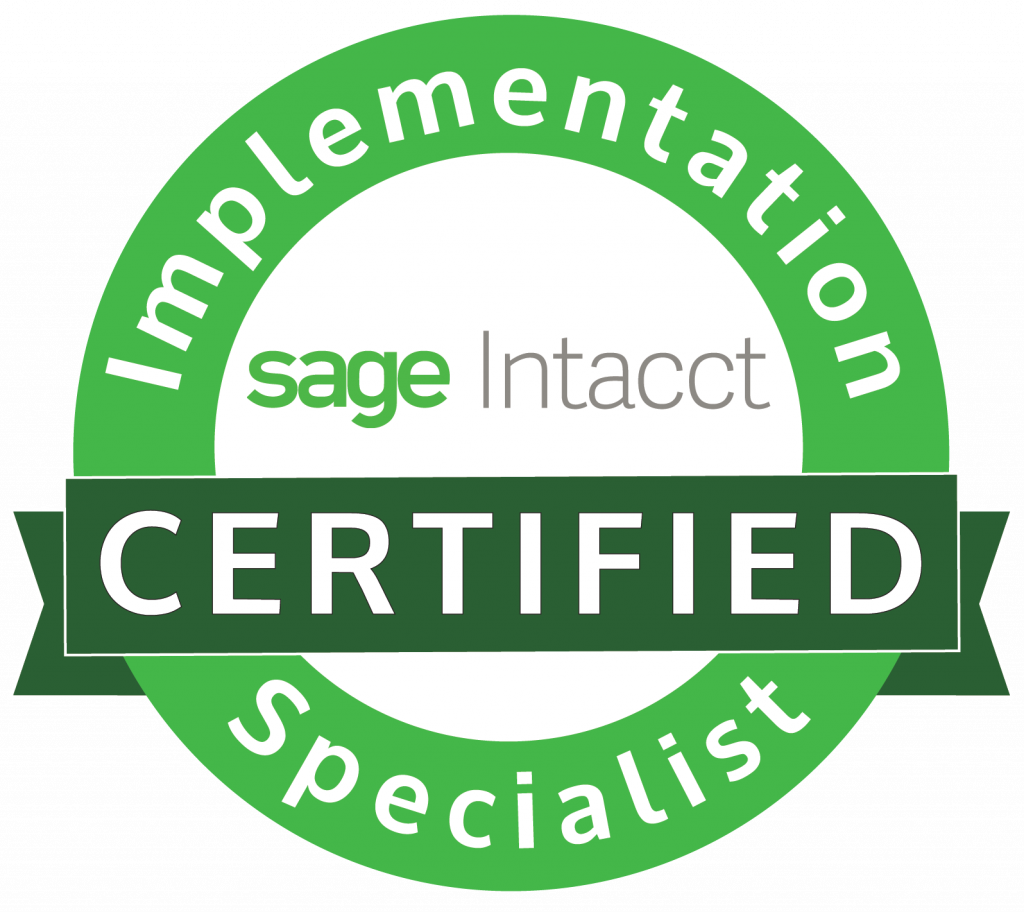Once upon a time …
Your mind probably raced back to childhood at that phrase, to many pleasant memories of adults reading stories to you. The human mind is hardwired to listen to stories, and our brains naturally gravitate toward the time-tested framework of a story: a beginning, middle, and end; a hero on a quest; a villain who tried to stop the hero; and the wise guide who helps the hero overcome the challenges.
Financial professionals may think that storytelling techniques are for sales, marketing, and donor relations, but they also offer a rich framework with which to share information so that it is understood and remembered. Let’s examine the art of storytelling and how accountants can leverage this method for better communications.
Why Use a Story Framework for Financial Presentations?
Every accountant or financial professional must present numbers. Whether it’s presentation budgets to stakeholders or reviewing the annual report with the board, at some point this year you will be asked to present to a group.
Part of the art of presenting wisely is engaging the audience’s attention. Accountants may face a significant challenge when presenting numbers because not everyone in the group understands basic accounting concepts. To have your point understood and remembered, you may need to use creative methods to share information. This is where storytelling techniques come into play.
Everyone has heard stories. We watch movies and television shows, we read books and see plays. We know the framework of a good story. It is burned into our subconscious mind through thousands of repetitions over the course of a lifetime. Tapping into this framework to share financial information helps engage your audience and share information in ways they can easily grasp.
Accounting Storytelling Framework
So just how can you use a storytelling framework for your numbers-based presentation? Think of the hero’s journey. Every hero starts off on a quest. Luke Skywalker set out to return R2D2 and the Death Star plans to the Rebels to thwart Darth Vader and the evil empire. That was his quest and the hero’s journey unfolded in two hours of adventure that has kept audience spellbound for decades.
Now you may not be a Jedi knight, but you are the ninja of accounting, so let’s apply this framework to a common scenario: presenting budgets to stakeholders. In your accounting story, you must first explain the challenges from the audience’s perspective. You must see the information through their eyes and focus on what is important and memorable to them.
What information are you sharing with them? What is the story behind the numbers? Focus on the narrative flow around the data. What is the high-level takeaway, and what is the story inherent in the information?
Good stories paint visual pictures in the mind of the audience. You can do this with your data by using data visualizations such as graphs and charts. The old saying that a picture is worth a thousand words is true when it comes to presenting accounting or financial data.
Using Your Accounting Software to Craft a Compelling Story
The right accounting software plays an important role transforming basic data into stories through data visualizations. Does your software help you create various charts, graphs, and other visualizations for compelling presentations, or do you spend hours exporting data into spreadsheets and crafting visuals from imported data?
If the latter describes a typical scenario, it’s time to consider updating your software. Newer government accounting software and nonprofit accounting software provides robust data visualizations. It can really make a significant difference not only in how you present but in the impact your presentation has on the audience.
Using storytelling techniques to share financial information may seem far-fetched, but it’s a time-tested method for helping audiences engage and connect with information. Try it and become the hero of your finance team
Welter Consulting
Welter Consulting bridges people and technology together for effective solutions for nonprofit organizations. We offer software and services that can help you with your accounting needs. Please contact us for more information.


 We typically report on changes to GAAP standards as they arise. This year has been a particularly active one with numerous changes impacting leases, gifts in kind, reference rate reform, and costs associated with cloud computing. Below are the highlights; for specifics, see the linked information.
We typically report on changes to GAAP standards as they arise. This year has been a particularly active one with numerous changes impacting leases, gifts in kind, reference rate reform, and costs associated with cloud computing. Below are the highlights; for specifics, see the linked information.



Recent Comments